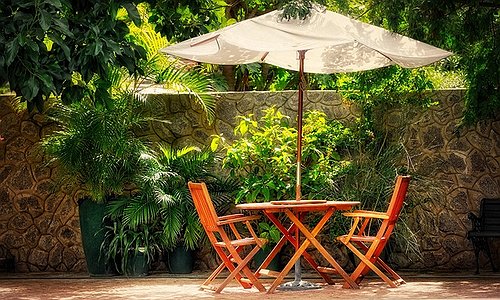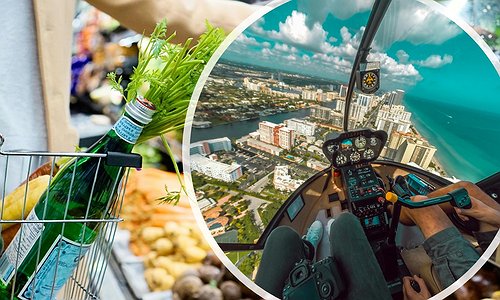Self-sustainable living - is it for everyone?

Follow us on Facebook or visit one of our websites: Kruger and Partners Inc. / Mbombela Properties.
What is self-sustainability?
Self-sustainability and the other word for the same idea, self-sufficiency, are intersecting states of being in which an individual or a group becomes independent of help or needs considerably less assistance from others.
Self-sustainability is a kind of sustainable living in which little to naught is used and consumed than what is produced by the persons themselves.
Examples of this type of lifestyle include simplified living, storing food, homesteading, off-the-grid living and survivalists, which are all part of a back-to-the-land movement.
Self-sustainability is the umbrella term for such concepts as independent building of structures and homes, renewable energy and sustainable agriculture, to smaller forms like growing your own food or recycling in your home, or for example, by moving away from electricity and using solar energy and rainwater instead of municipal supplies.
This means creating a safer environment and becoming more independent of municipal service deliveries.
Homesteading is a choice of a lifestyle of self-sufficiency. It is measured by sustenance agriculture and preserving your own food, and could also include small businesses such as natural textiles, clothing and craftwork which can be used or produced for sale.
How did it begin?
The appeal of back-to-the-land living goes right back in history to the Roman era. This type of life has also been depicted in Asian poetry and philosophy.
In the 1800s and early 1900s the philosophy of agrarianism (a political and social philosophy that relates to the ownership and use of land or to the part of a society or economy that is secured to agriculture) had been adopted around the world.
Homesteading gained popularity in the United States in the 1960s, especially with the emergence of the hippie generation and the movement to create self-sustainable communes.
Self-sufficiency movements in the 1990s and 2000s moved the concept into the urban and suburban environments, and this became known as urban homesteading.
Is this life for everyone?
Not everyone can leave their job, go and build a house, live in the countryside and live off the land. Although it may sound like an impossibility, it is indeed possible, but with an extreme amount of lifestyle adjustments.
Those who would prefer to try and assist the planet without having to leave civilisation can take a leap backwards to go forward, and to start by incorporating some of the following into their homes:

1. Grow your own vegetable garden. All you need is a small patch of earth in your backyard. Grow a few vegetables like green beans or spinach to start with. Eventually you might land up never having to go to the shops to make a salad or vegetable stew.
2. Water is becoming scarce, especially when countries suffer from drought. What one can do is to buy a water tank to connect to your gutters on your roof to catch rainwater. All you will need is gauze to keep the leaves and debris out of your tank. This water can be used to water your garden or for washing and cleaning. If you want to use it for drinking, then you will have to invest in a filter.
3. Reuse items and recycle your garbage. If you can repurpose glass jars, such as empty jam jars, and use plastic containers again, your waste will be cut down significantly. For recycling you should separate household waste according to the materials and see if you can get it collected by a recycling company.
4. Saving electricity means saving money. If you want to keep your wallet full as electricity cost rises occur each year, start learning to keep lights off when they are not needed and identifying appliances that use more electricity. To do a drastic change is always the best, such as moving to solar energy or wind power. To keep initial costs down, some people install just enough solar panels to at least generate half their power usage.
5. Learn to knit, crochet or make your own clothing. This will keep you creatively busy and cut costs for your family. Blankets, clothes or jerseys can also be great gifts for friends and family members. If you are creative you can even turn this hobby into a money-making venture.

Editor: Anchen Coetzee
Written by: Tereasa Dias
Subeditor: Wahl Lessing
Photos: Unsplash. Digitally Enhanced: iOlogue Media.




